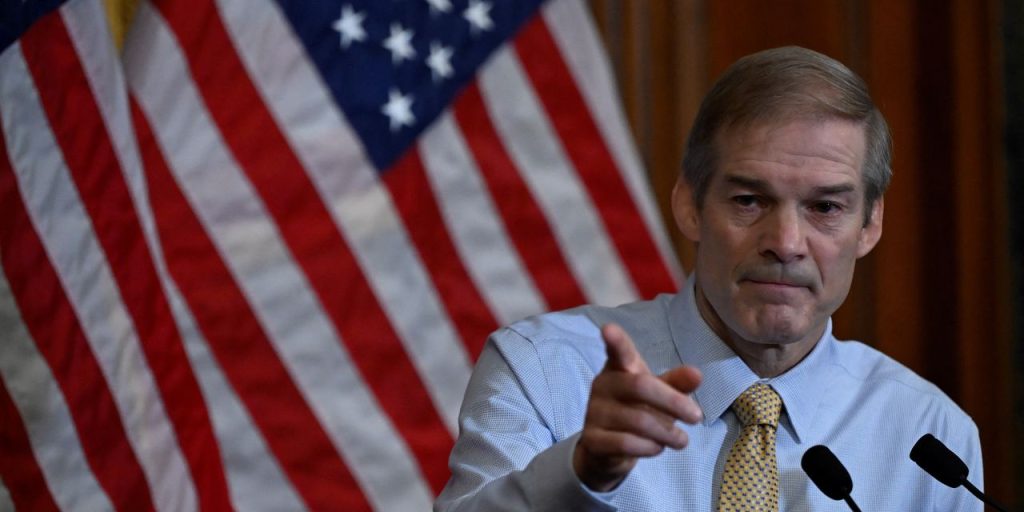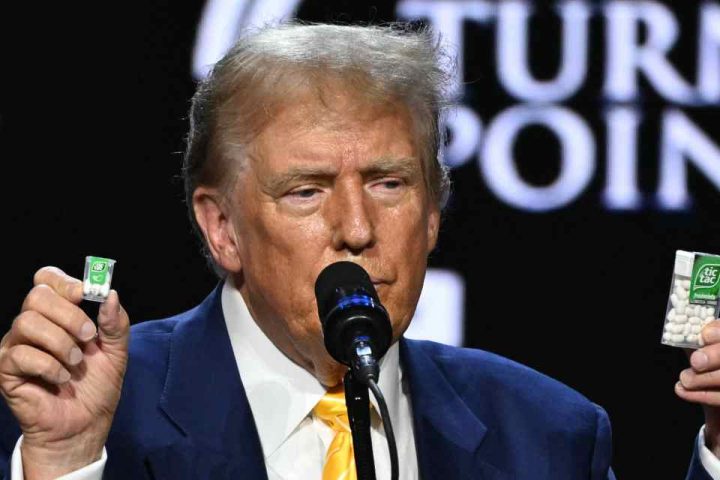By Vidya Ranganathan
SINGAPORE (Reuters) – Japan’s yen took the spotlight in Asia on Monday, circling the 150-per-dollar level in a tug of war between investors betting on a further rise in dollar yields and those expecting Japanese authorities will intervene in markets.
The week kicks off with growing worries about the Middle East conflict as Israel bombarded Gaza with air strikes early on Monday, extending a two-week bombardment that began after an Oct. 7 rampage by Islamist group Hamas on southern Israeli communities, and as the United Statese dispatched more military assets to the region.
U.S. Treasuries were subdued as investors hunkered down for a European Central Bank meeting and U.S. GDP data later in the week. Ten-year yields had briefly blipped above 5% last week after Federal Reserve Chair Jerome Powell said the U.S. economy’s strength and tight labor markets might warrant tighter financial conditions.
The added 0.02% to 106.19, with the euro down 0.07% at $1.0586.
The Japanese yen last traded at 149.83 per dollar, after a brief trip early on Monday to 150.14, a level last seen on Oct.3 when traders had suspected the Bank of Japan intervened to nudge it to the stronger side of 150.
Masafumi Yamamoto, chief currency strategist at Mizuho Securities in Tokyo, said a set of investors are betting the Bank of Japan will defend the 150 level, even as others see rising U.S. yields as a reason to keep pushing the dollar up.
“Potentially there are two camps out fighting around 150, so that’s why dollar-yen doesn’t move from here,” Yamamoto said.
Investors are also wary of a further rise in the long end of the U.S. Treasuries curve, driven by widening term premiums on expectations of stronger growth and fiscal slippage.
Oil prices dipped on Friday after Hamas released two U.S. hostages from Gaza, leading to hopes the crisis could de-escalate without engulfing the rest of the Middle East region and disrupting oil supplies. futures were 0.6% lower at $91.55 a barrel, but are still up 10% over 10 days.
The ECB meets on Thursday. Its rate hiking cycle is over, according to all 85 economists polled by Reuters, but it won’t be until at least July 2024 before it begins easing as the battle against elevated inflation continues.
The ECB raised its key interest rates by 25 basis points in September, taking the deposit rate to 4.00% and the refinancing rate to 4.50%, but signalled its 10th hike in a 14-month-long streak was likely to be its last.
(This story has been refiled to remove an extraneous word “near” in paragraph 1)
Read the full article here







